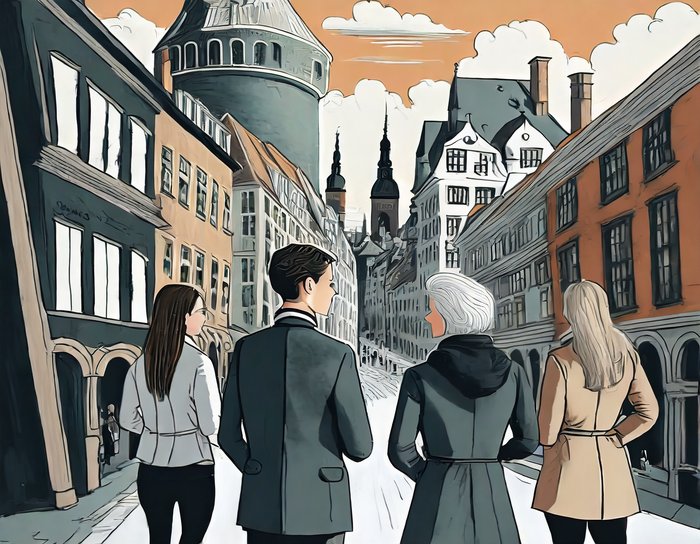
The Resilient Cities Network is a global initiative that places citizen engagement at the core of its mission to create urban environments capable of addressing overlapping challenges with sustainable and local solutions. Formerly known as the 100 Resilient Cities (100RC) initiative, it was launched by The Rockefeller Foundation in 2013. At the heart of the Resilient Cities Network lies the recognition that urban resilience is not solely a technical or infrastructure-focused attempt. Instead, it acknowledges the crucial role that citizens play in shaping the resilience of their communities. To achieve this, the network leverages citizen engagement through various strategies. These strategies often involve community meetings, workshops, surveys, and online platforms to gather input and insights from residents. By involving those who reside within the cities, the network can harness local knowledge, identify specific vulnerabilities, and tailor resilience strategies to meet the unique challenges of each community.
Beyond gathering input, the network supports projects that empower citizens with the knowledge and tools to actively participate in resilience-building efforts. Community resilience workshops, for example, educate residents about disaster preparedness, climate resilience, and sustainable practices. Youth resilience programs engage the younger generation, nurturing a culture of preparedness and leadership.
The Resilient Cities Network recognizes the importance of building not just physical infrastructure but also social cohesion within communities. Engaging citizens fosters a sense of unity and shared responsibility, critical for disaster response and recovery. Additionally, citizen engagement encourages behavioral change, promotes sustainable practices, and enhances communication and education.
The Resilient Cities Network exemplifies the symbiotic relationship between urban resilience and citizen engagement. By recognizing the knowledge, concerns, and priorities of the people who inhabit cities, the network supports resilience strategies which are rooted in the unique needs and aspirations of each community. Through citizen engagement, the network fosters a collective commitment to building more robust and sustainable urban environments that can weather the challenges of an ever-changing world.
One of the cities in the Resilient Cities Network is Vejle in Denmark. Vejle published its first resilience strategy in 2016. One of the projects in Vejle are city gardens, where green spaces and community-centric designs engage citizens in the development and maintenance of urban spaces. The city gardens are a small area in the centre of Vejle, where citizens can plant small gardens, with flowers, fruits, and vegetables. The city gardens prioritize involving residents in the planning and development processes and encourage community-driven decisions on green spaces, sustainable solutions, and social cohesion, aligning with the city’s resilience goals.
Another example from the Resilient Cities Network is the city of Rotterdam in the Netherlands. Just like Vejle, Rotterdam has also made a resilience strategy including different initiatives. One of these initiatives is called “Code Green”, a project designed to engage and empower young people, between the ages of 10 and 12, in shaping the future of the city. This project offers opportunities for youth to actively participate in urban development and resilience efforts, with a particular focus on sustainability and environmental initiatives. Through workshops, activities, and collaborative projects, young residents can contribute to making Rotterdam a more environmentally friendly and resilient city, fostering a sense of ownership and responsibility among the next generation for building a sustainable urban environment.
The Tiny Rathaus is funded by Schleswig-Holstein’s state capital Kiel and the budget of the Kiel Region, based on the state’s economic agenda and the programme “Verbesserung der regionalen Wirtschaftsstruktur“ ("Improvement of the regional economic structure") jointly supported by state and federal government. Fun fact: the Danish experience not only influenced the concept of a city hall ojn wheels, but the Tiny Rathaus is also Danish Design and was produced in Aarhus.
(MB)
Literature:
Ziosi, Marta; Hewitt, Benjamin; Juneja, Prathm; Taddeo, Mariarosaria; Floridi, Luciano (2022). “Smart Cities: Mapping Their Ethical Implications.” SSRN Electronic Journal. https://dx.doi.org/10.2139/ssrn.4001761
Georgiou, Myria (2023). Being Human in Digital Cities. Polity.